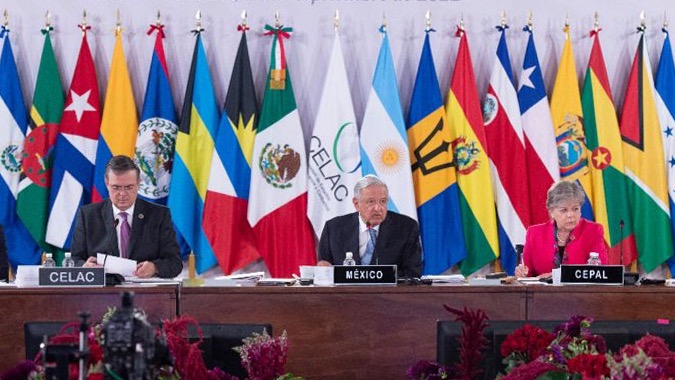Inter-American Infrastructure Development: Enhancing Connectivity in South America
In today's interconnected world, enhancing connectivity is crucial for fostering economic growth and regional integration. Nowhere is this more evident than in South America, a region rich in resources and potential. Inter-American infrastructure development holds the key to unlocking this potential and propelling the continent towards a brighter future. In this article, we will explore the contemporary issues in International Relations and Cooperation in North and South America and how they relate to the need for enhanced connectivity.
-
The importance of connectivity: Connectivity plays a vital role in facilitating trade, attracting foreign investment, and promoting cultural exchange. It is the backbone of economic development and regional integration.
-
Infrastructure deficit: Despite its vast resources, South America has often struggled with an infrastructure deficit. Inadequate roads, ports, and airports hamper trade and hinder economic growth.
-
Bridging the gap: Inter-American infrastructure development aims to bridge this gap by improving transportation networks, expanding energy grids, and modernizing telecommunications systems.
-
Economic benefits: Enhanced connectivity facilitates the flow of goods, services, and capital, boosting trade and investment opportunities. This, in turn, leads to increased job creation and economic prosperity.
-
Social inclusivity: Well-developed infrastructure ensures that even remote and marginalized communities have access to essential services such as healthcare, education, and clean water.
-
Regional integration: A robust infrastructure network connects countries within a region, fostering collaboration and regional integration. This enables shared solutions to common challenges and strengthens diplomatic ties.
-
Energy cooperation: South America is rich in renewable energy sources. Through inter-American infrastructure development, countries can collaborate on renewable energy projects, reducing their dependence on fossil fuels and mitigating climate change.
-
Connectivity and disaster resilience: Improved infrastructure networks enhance disaster preparedness and response capabilities. It allows for efficient evacuation, emergency healthcare, and timely aid distribution during times of crises.
-
Public-private partnerships: To address the financing gap, governments can partner with the private sector to invest in infrastructure projects. This not only eases the burden on public finances but also brings in specialized expertise and innovation.
-
Technology and innovation: Inter-American infrastructure development should prioritize the integration of cutting-edge technologies, such as smart grids and digital connectivity. This will drive innovation and ensure the continent remains competitive in the global market.
-
Sustainable development: Infrastructure projects must be designed with sustainability in mind, considering environmental, social, and economic factors. This will ensure long-term benefits for future generations.
-
Success stories: Several countries in South America have already made significant progress in infrastructure development. For example, Chile's extensive highway system and Brazil's energy sector advancements serve as models for others in the region.
-
Cross-border cooperation: International cooperation is essential for the success of inter-American infrastructure development. Governments must work together to harmonize regulations, streamline customs processes, and facilitate cross-border trade.
-
Empowering local communities: Infrastructure projects should prioritize local employment and skills development, empowering communities to actively participate in the development process.
-
The way forward: As individuals, we can contribute to enhancing connectivity by staying informed about infrastructure projects, supporting initiatives that promote regional integration, and advocating for sustainable and inclusive development.
In conclusion, inter-American infrastructure development holds tremendous potential for enhancing connectivity in South America and promoting regional integration. By investing in infrastructure, governments can unlock economic opportunities, improve social inclusivity, and foster collaboration among nations. It is our collective responsibility to stay engaged with contemporary issues in International Relations and Cooperation in North and South America, as they shape the future of our continent. Let us be proactive in developing our skills and knowledge, promoting unity, and working towards a more connected and prosperous future.
Join the conversation and share this article to inspire others to support inter-American infrastructure development and promote #NorthSouthAmericaUnity.





